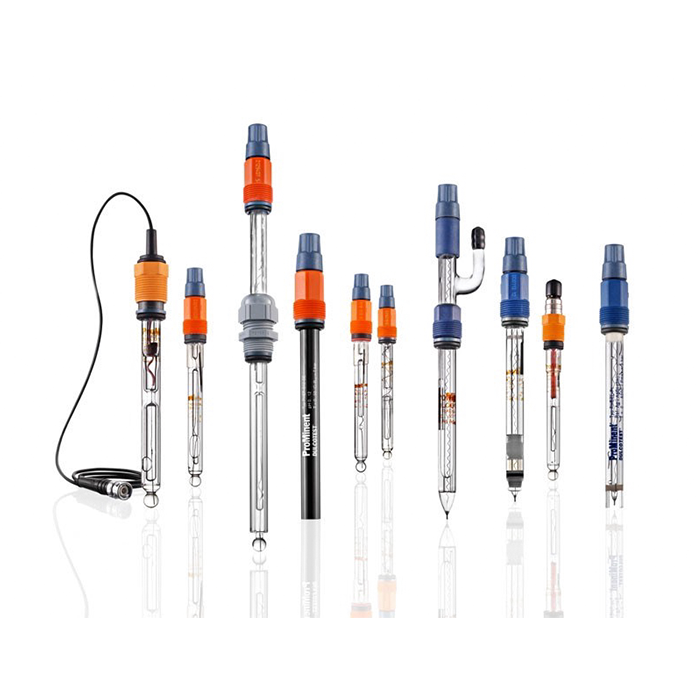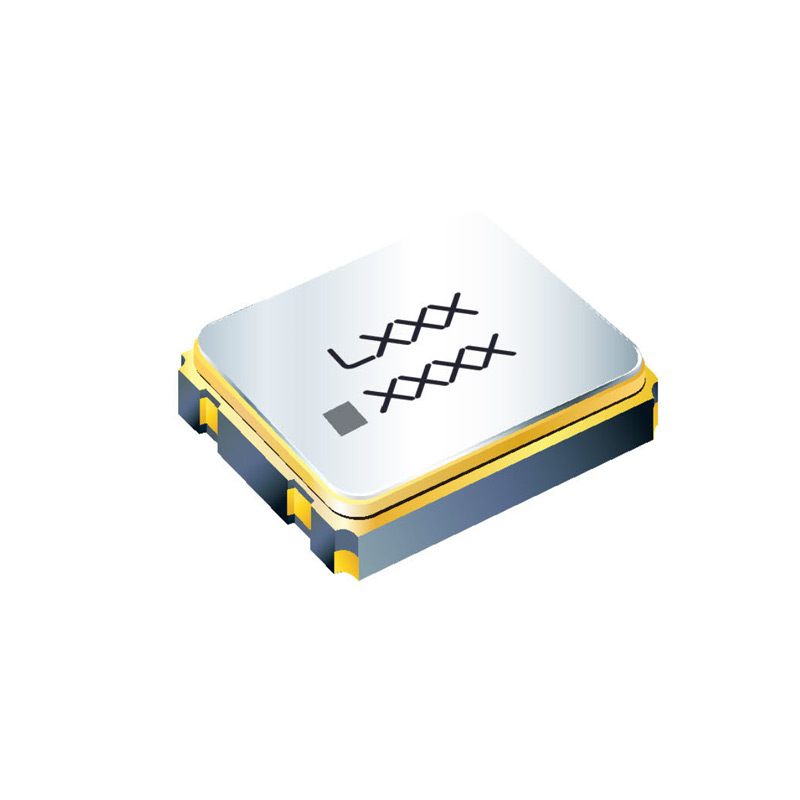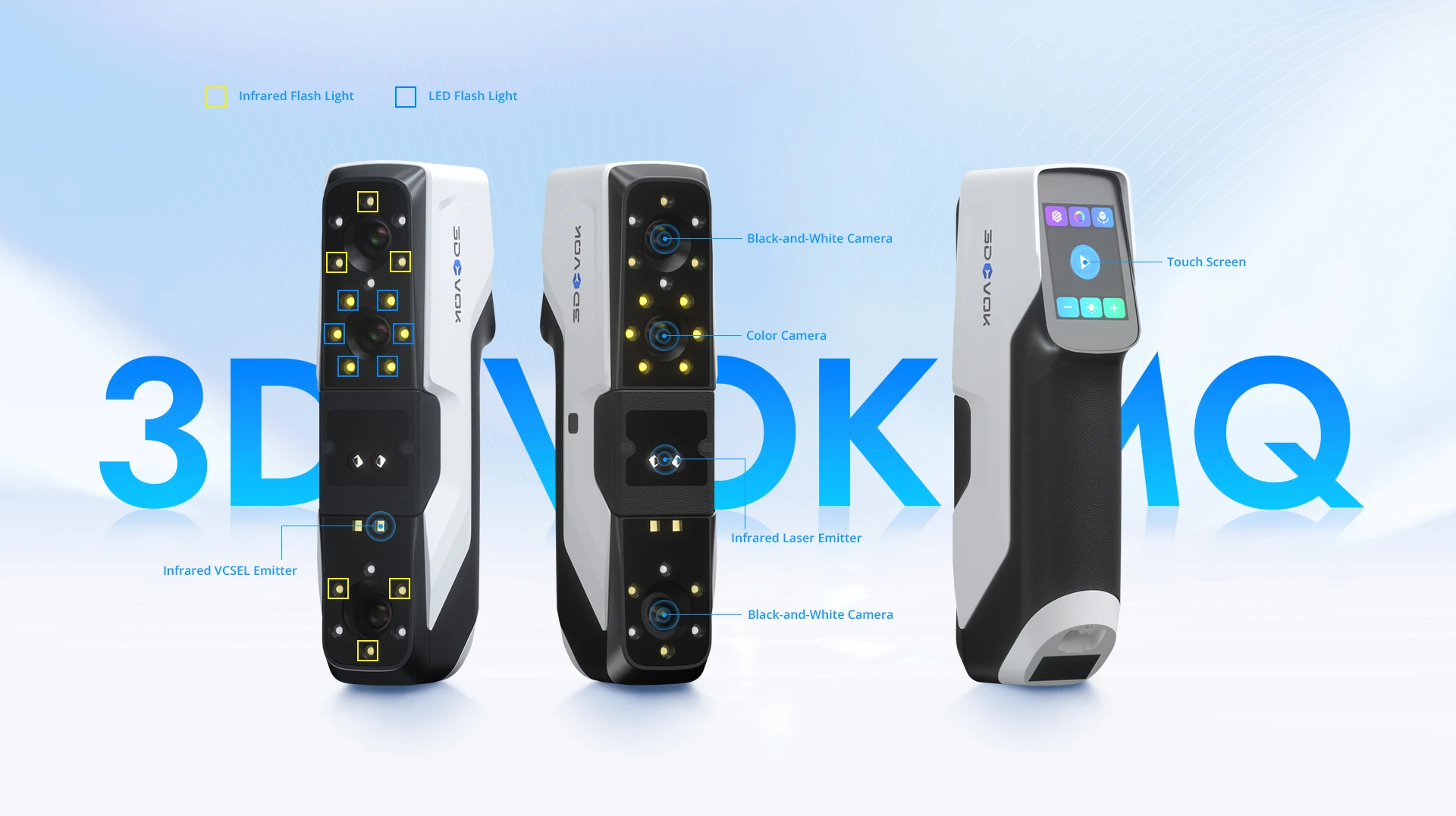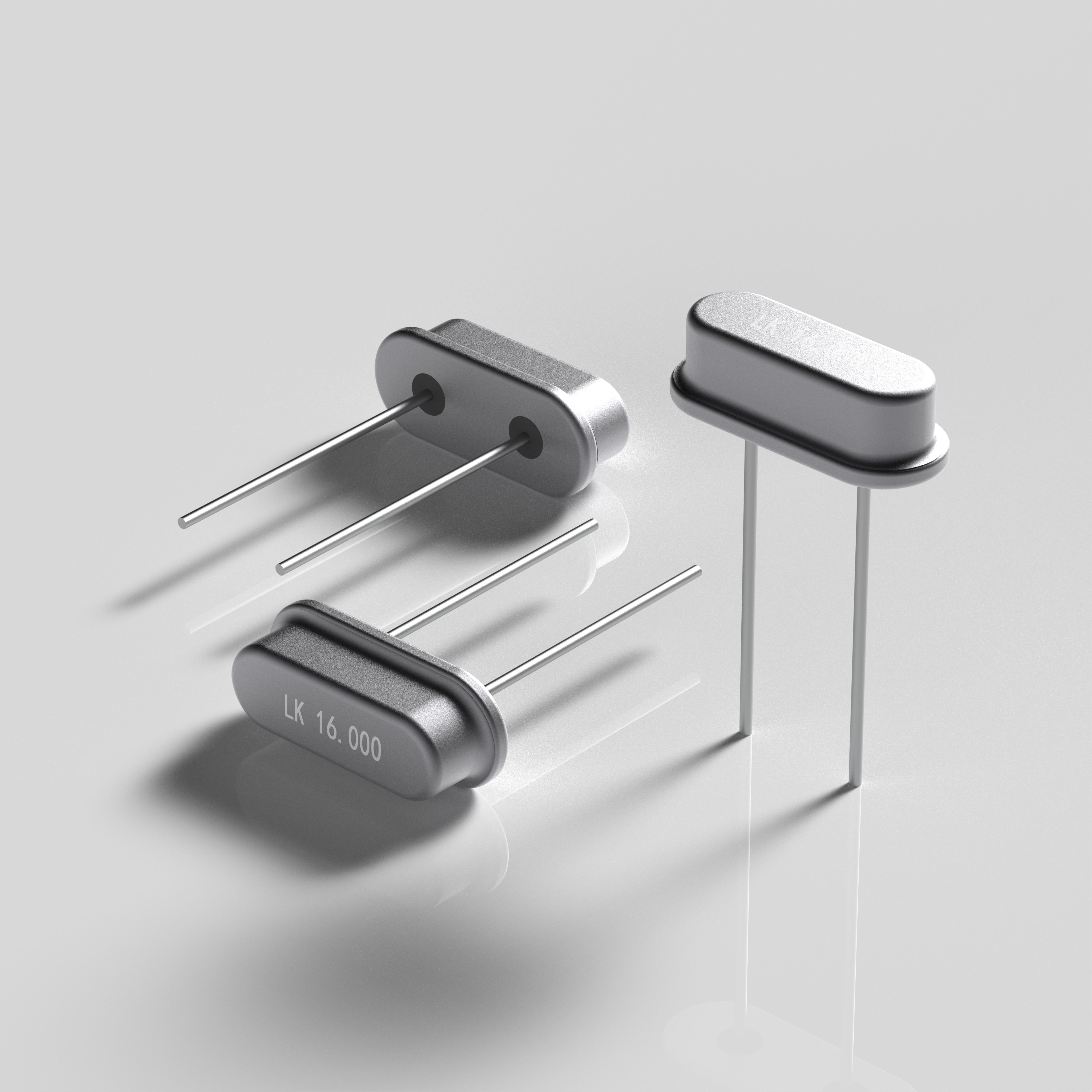Controller Design and Optimization: Key Steps to Improving System Performance

In the field of industrial automation and control systems, the design and optimization of controllers are key to improving system performance. As the core of the entire control system, the performance of the controller directly affects the stability, response speed and accuracy of the system. Therefore, reasonable controller design and optimization are of great significance for improving production efficiency, reducing energy consumption and ensuring product quality. Flowell (Shanghai) Industrial offers a wide range of pumps and accessories for every application and industry, offering various types of controllers. With exquisite products and efficient services, we have become one of our customers' most trustworthy partners.

1. Basic principles of controller design
Clear control objectives
Before proceeding with controller design, the control objectives must first be clarified. This includes determining the dynamic characteristics of the controlled object, the expected output response, and the performance indicators that the system needs to meet. By clarifying the control objectives, guidance can be provided for subsequent control algorithm selection and parameter adjustment.
Choose the right control strategy
According to the characteristics and control objectives of the controlled object, it is crucial to select an appropriate control strategy. Common control strategies include proportional control, integral control, differential control and their combinations (such as pid control). In addition, with the development of control theory, advanced control strategies such as fuzzy control and neural network control have emerged. Choosing an appropriate control strategy can enable the system to maintain good performance under different working conditions.
Determine controller parameters
The parameters of the controller have an important impact on the performance of the system. For example, in pid control, the selection of parameters such as proportional coefficient, integral time and differential time directly affects the stability and response speed of the system. Therefore, when designing a controller, it is necessary to reasonably determine the parameters of the controller based on the characteristics and control objectives of the controlled object.
2. Optimization method of controller
Parameter optimization
Parameter optimization is an important means to improve controller performance. By adjusting the parameters of the controller, performance indicators such as system stability, response speed, and accuracy can be improved. Parameter optimization methods include trial and error methods, optimization algorithms (such as gradient descent methods, genetic algorithms, etc.) and optimization methods based on experimental data. In practical applications, the appropriate optimization method can be selected according to the specific situation.
Structural optimization
In addition to parameter optimization, system performance can also be improved by changing the structure of the controller. For example, multi-level controllers, distributed controllers and other structural forms can be used to adapt to the control needs of complex systems. In addition, advanced control strategies can also be introduced, such as adaptive control, robust control, etc., to improve the system's adaptability and anti-interference ability.
Intelligent optimization method
With the continuous development of artificial intelligence technology, intelligent optimization methods have been widely used in controller design. These methods include neural networks, fuzzy logic, genetic algorithms, etc., which can automatically adjust the parameters and structure of the controller according to the real-time operating status of the system, thereby achieving intelligent control of the system. The application of intelligent optimization methods can further improve the performance level of the system.
3. Things to note during controller design and optimization
Consider practical constraints
When designing and optimizing the controller, practical constraints must be fully considered. This includes the physical characteristics of the controlled object, the implementation of the controller, the operating environment of the system, etc. Only by fully considering these constraints can a controller be designed that meets the needs of actual applications.
Conduct simulation verification and experimental testing
In the process of controller design and optimization, simulation verification and experimental testing are essential links. Through simulation verification, the performance of the controller can be initially evaluated and parameters adjusted; through experimental testing, the actual effect of the controller can be verified and the design can be further optimized. These two aspects complement each other and help ensure the accuracy and reliability of the controller design.
Continuous improvement and iteration
The control system is a dynamically changing system. As the working environment, equipment status and other factors change, the performance of the controller may also be affected. Therefore, controller design and optimization is not a once-and-for-all task, but requires continuous improvement and iteration. In actual applications, the controller should be adjusted and optimized regularly according to the operating status and performance requirements of the system to ensure that it always maintains optimal performance.
4. Conclusion
Controller design and optimization are key steps to improve system performance. By clarifying the control objectives, selecting appropriate control strategies, determining controller parameters, and adopting optimization methods, performance indicators such as system stability, response speed, and accuracy can be effectively improved. However, in practical applications, it is also necessary to fully consider issues such as actual constraints, simulation verification and experimental testing, and continuous improvement and iteration.
Looking to the future, with the continuous development of control theory and technology, controller design and optimization will face more challenges and opportunities. On the one hand, it is necessary to continuously explore new control strategies and optimization methods to adapt to complex and changing control requirements; on the other hand, it is also necessary to pay attention to the reliability and safety of the controller in practical applications to ensure the stable operation and safety of the system. Safe production. It is believed that with the joint efforts of scientific researchers and engineering technicians, controller design and optimization technology will continue to make new breakthroughs and progress.
Flowell
wxam.assistant@marketingforce.com


